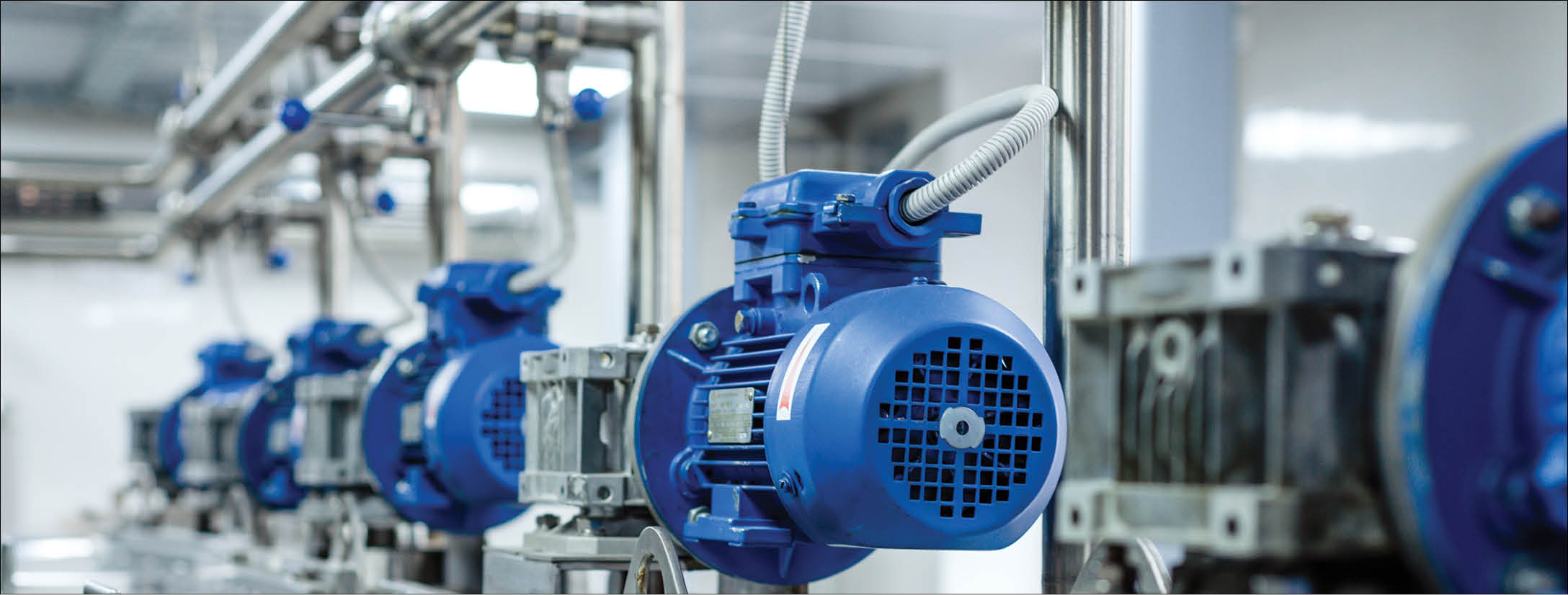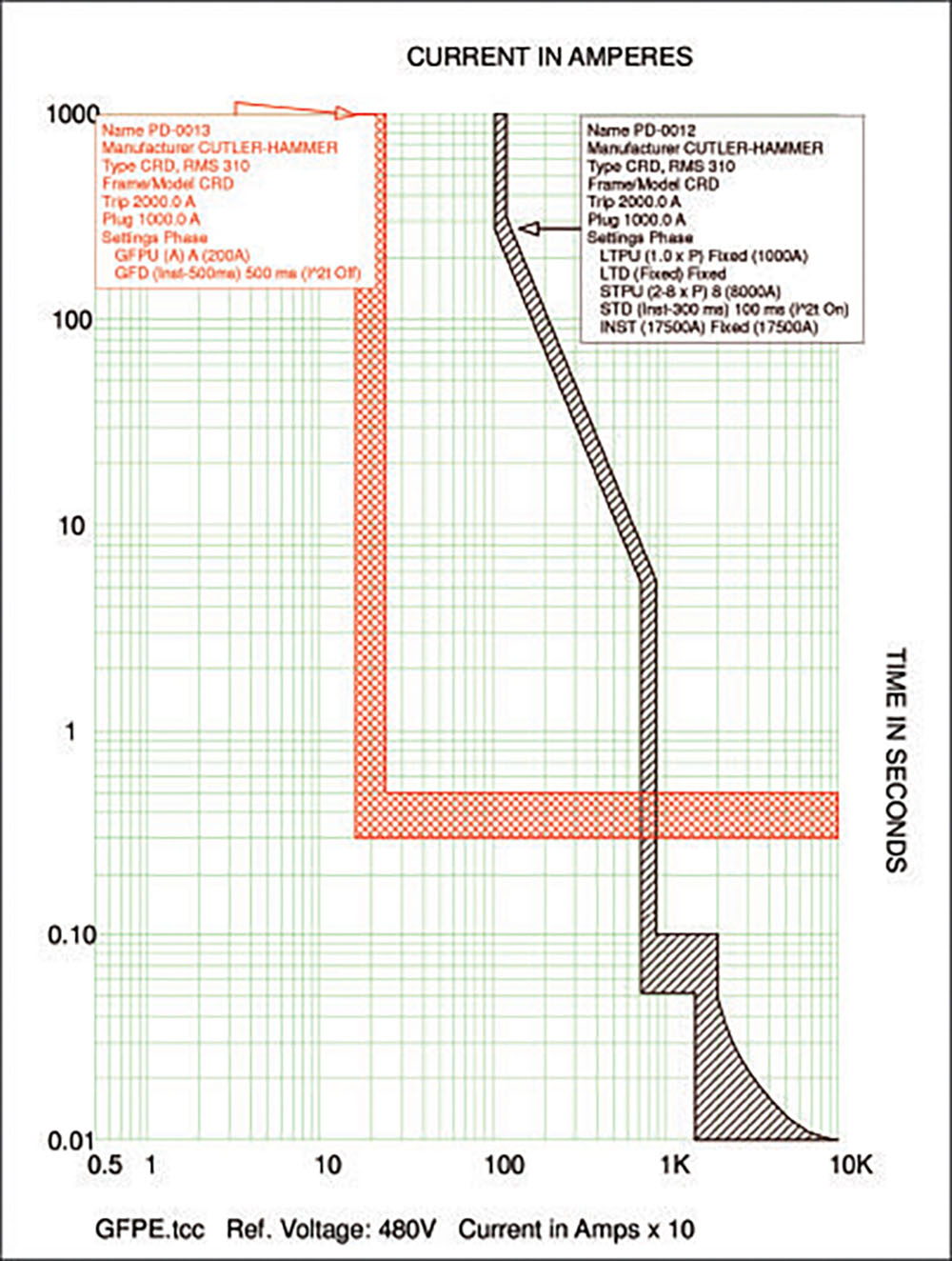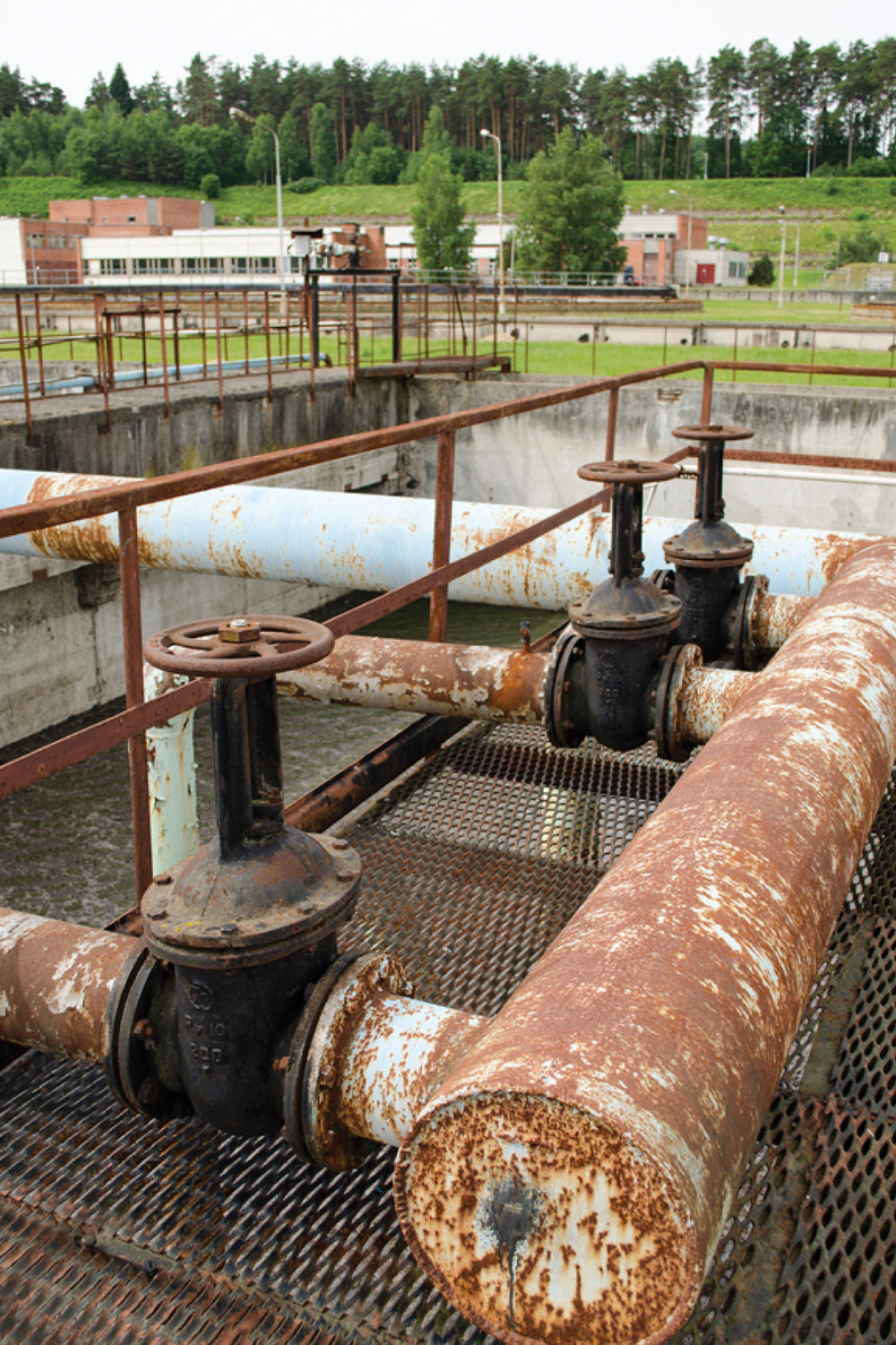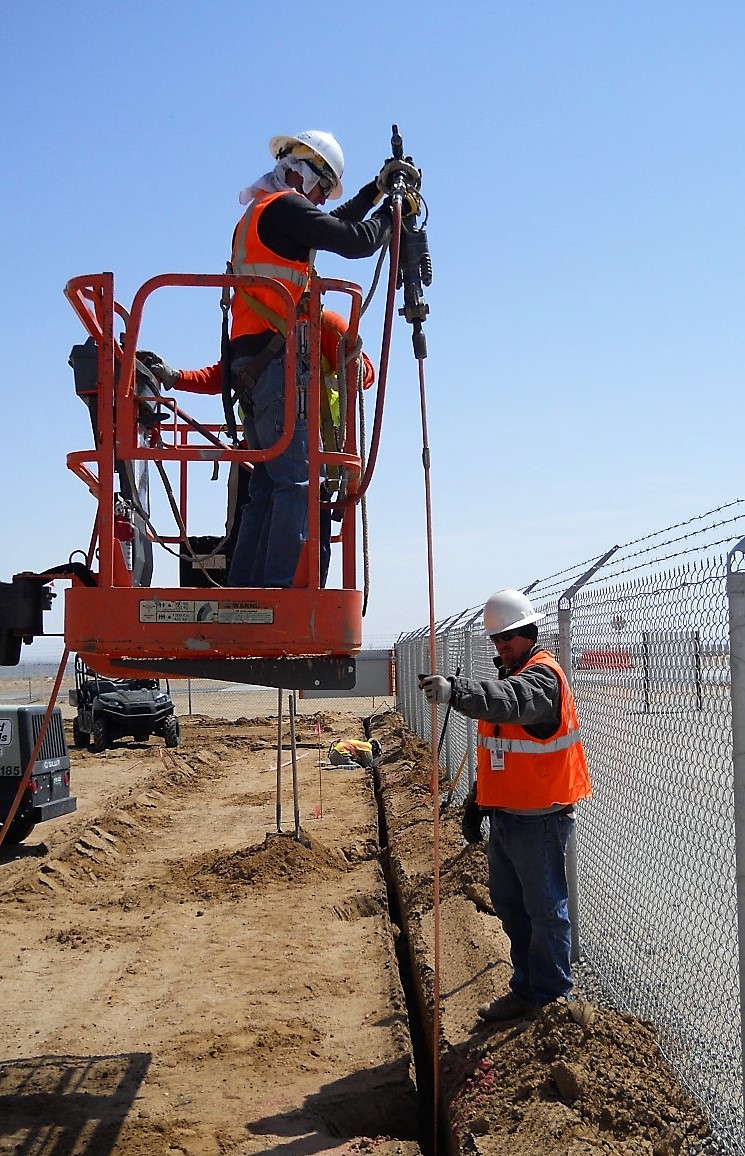A stray current is a flow of electric current through unintended conductors such as building structures, electrical grounding or bonding conductors, or other equipment due to electrical supply system imbalances or improper equipment hookup.
The benefit of group motor installations is that only one branch-circuit overcurrent protective device (fuse or listed inverse-time circuit breaker) is required to provide short-circuit protection for all motor controllers or overload protection devices in the group.
Zone-selective interlocking (ZSI) has been in practical use since the mid-1980s. This technology was created to speed up the tripping time for some faults within a zone of protection without sacrificing selective coordination and interjecting nuisance tripping into the system.
A supply-side interconnection is any connection to the service conductors on the supply-side of the service disconnecting means. The 2017 National Electrical Code (NEC) contains nine categories of equipment. A list of allowed supply-side interconnections is provided in NEC 230.82.
An infinite bus short-circuit calculation can be used to determine the maximum short-circuit current on the secondary side of a transformer using only transformer nameplate data.
Within water/wastewater applications, the constant presence of water creates a corrosive environment that threatens long-term success of critical components, systems, and facilities.
The traditional 8-ft length of rod and pipe electrodes is located at 250.52(A)(5) in the 2017 National Electric Code (NEC). What about 5 ft?
In the seven decades following the invention of the transistor at Bell Labs, warnings about impending limits to miniaturization and the corresponding slowdown of Moore’s Law have come regularly.








